Osteopathy Treatment Techniques
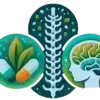
Osteopathy is a holistic approach to healthcare that focuses on the prevention, diagnosis, and treatment of musculoskeletal disorders. Osteopathic treatments are based on the philosophy that a person’s health is determined by their environment and lifestyle. Treatment methods in osteopathy include manual therapy, exercise therapy, and lifestyle modifications.
Manual therapy involves applying pressure to targeted areas of the body to relieve pain or restore mobility. Exercise therapy includes stretching, strengthening, and aerobic exercise to improve joint mobility and reduce inflammation.
The Naturopath Osteopath Clinic will do a thorough physical examination, paying close attention to the patient’s spine in order to identify any points of stress, pain, or dysfunction.
Osteopathic treatment is safe and effective for treating many musculoskeletal conditions including back pain, neck pain, headaches, sports injuries, repetitive strain injuries (RSI), carpal tunnel syndrome (CTS) and more.
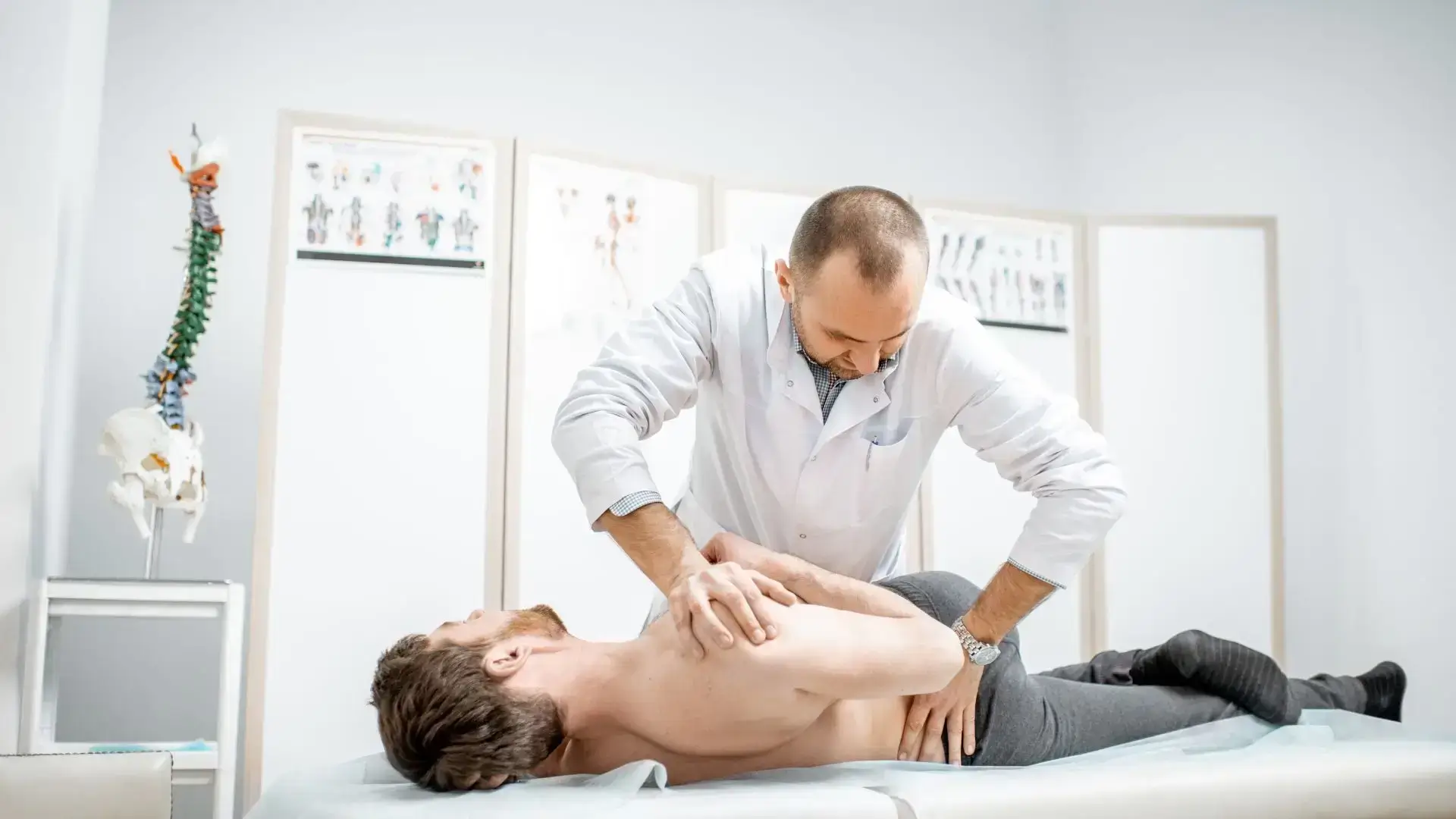
The Osteoarticular Approach:
Osteopathic Articular Technique is a type of osteopathic technique helps reduce muscle spasms near a joint, as well as ease neurological irritations around it. This method helps to decrease pain and suffering, increase joint mobility, and calm neurological irritations in the area of a joint. It works by gently manipulating the joint and surrounding tissues, help to improve circulation in the area and restore balance and alignment.
Osteopathic Articular Technique has been found to be an effective way of reducing pain and discomfort associated with various musculoskeletal conditions, such as joint stiffness, arthritis or repetitive strain injuries.
The articular approach includes making small, controlled movements of two joint surfaces. Manual osteopaths will first thoroughly prepare the surrounding soft tissues. Moreover, they arrange the patient such that as little effort and force as possible is used throughout the procedure. In comparison to joint manipulations, many patients find this method to be more gentle.
Furthermore, it can also help to improve mobility and flexibility in the joints, improving overall physical performance. By using this technique, practitioners can help their patients find relief from a wide range of musculoskeletal issues.
Positional Release Technique (PRT):
PRT, or Positional Release Technique, is a non-invasive method of relieving muscle tension and joint pain by gently repositioning the affected portion of the body or limb away from the source of discomfort and into a state of greater relaxation.
It’s not supposed to hurt any more once you’re at peace. Sixty to ninety seconds are spent in position. Muscle tone is reduced and blood flow is stimulated (although momentarily) when the tissue is kept in a relaxed condition. It has the potential to promote constructive change in articular cartilage and surrounding soft tissues.
During this period, the patient may experience tingling, pulsing, and warmth, and any associated discomfort should subside. Tissues will feel like they are stretching and relaxing. Once you find the posture of relaxation, you should experience at least a 70% reduction in pain.
Osteopath therapy, restoring your ability to heal
Restoring your ability to heal is a very important task that should not be taken lightly. The process of healing can involve many different techniques and treatments, depending on the type of pain or underlying tissue issue that needs to be addressed. Osteopathy is one such technique that can help improve mobility and remove any chronic pains, by treating the joint, muscle, and fluid restrictions found in the body.
A proper dedicate appointment should include manual therapy, cranial therapy, massage therapy and other methods to restore proper motion. This treatment service can also involve using special techniques to address chronic pains and help overall health by removing any blockages or restrictions that may underlie the condition. Using the aforementioned (and many more) manual methods and approaches, osteopathic physicians gradually realign the patient’s anatomy and physiology to normal, allowing the body to heal itself.
It is important to make sure you have an experienced osteopath Naturopath Osteopath Clinic who will properly treat your condition with the right therapies and use of proper motion so that you can restore your ability to heal as quickly as possible.
Naturopath Osteopath Clinic Naturopathic Services

Soft Tissues Therapy
The term “soft tissue release” (STR) refers to a kind of manual therapy in which the therapist uses their hands to evaluate and treat the patient’s soft tissues. When the body’s soft tissues (muscle, tendon, fascia, and ligaments) are injured, either acutely or chronically, they swell, form adhesions, and eventually scar. A lot of people who have this kind of injury have trouble moving about, losing muscle mass, and having trouble doing daily tasks. Tense regions within a single muscle are singled out for soft tissue release in the hopes of eliminating adhesions and scar tissue and so alleviating pain and tension in the muscle. Soft Tissue Therapy focuses on the musculoskeletal system to evaluate the condition of tissues, body’s fluids (including blood and lymphatic fluid), and its overall structure. The therapy works to reduce harmful fluid retention in the body, promoting improved circulation and drainage of the body’s fluids. This, in turn, helps to stimulate the body’s immune system, resulting in better health and improved functioning. Osteopathic Technique Soft Tissue Therapy can be used to treat a variety of conditions, including pain relief, joint stiffness, chronic muscle tension, and more. It can also be used as part of an integrated approach with other therapies for optimal results.
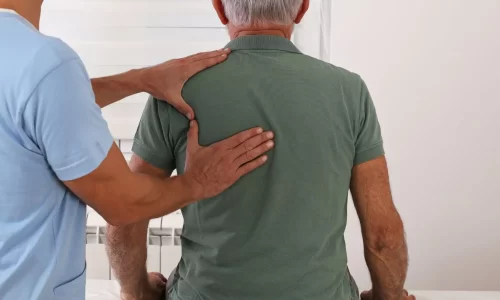
Cranial-Sacral Therapy
Cranial-Sacral Therapy is the most advanced and sophisticated osteopathic method, yet it is also the gentlest. Manual osteopaths must go through extensive training to master this method. This training makes their hands highly responsive to cranial motion and enables them to apply cranial procedures with pinpoint accuracy. Osteopaths evaluate and treat mobility issues in the skull and its contents using this mild manual method. The spine, sacrum, and other areas of the body may be evaluated and treated using this tool. The purpose of this method is to normalise blood flow and other bodily fluids in order to improve overall health. It focuses on the movement and circulation of the blood, cerebrospinal fluid, and other body fluids around the head, spine and sacrum area. This therapy helps to relieve pain, improve physical performance, reduce stress levels, help to restore balance in the body’s cranial-sacral system and improve its functioning by increasing mobility in the joints. This therapy also helps to improve posture, concentration and mental clarity.

Visceral Manipulation Therapy
Visceral Manipulation Therapy focuses on the mobility of organs within the body. It is based on the belief that healthy function and structural integrity of one’s body depend on the proper motion and stability of the organs. This therapy involves gentle manipulations of the body to improve organ mobility, release tensions, boost blood flow, and enhance the organ’s ability to operate, and restore balance in the body. Practitioners use a range of techniques such as soft tissue massage, positional release, myofascial release, and passive stretching to improve blood flow, reduce pain, improve digestive systems and promote overall wellness. Visceral Manipulation can help in relieving a variety of symptoms associated with chronic conditions like fibromyalgia and digestive disorders. It is also commonly used for treating musculoskeletal problems such as joint pain or Sciatica. Osteopaths use gentle, manual manipulation to realign the underlying structures and the surrounding fascia (connective tissue).
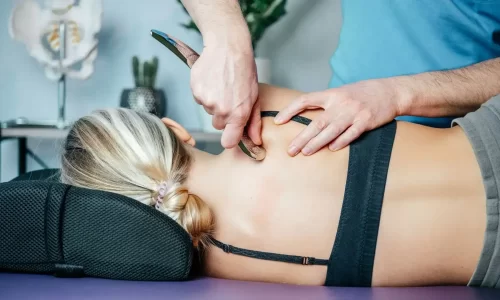
Myofascial Release Therapy
Myofascial release is a type of physical therapy that focuses on the fascia, a thin, elastic connective tissue that surrounds and supports the muscles in the body. The goal of myofascial release therapy is to stretch and loosen the fascia, which can become tight and restricted due to stress, injury, or other factors. This can help to reduce muscle tension, improve flexibility, and alleviate pain. At Naturopath Osteopath Clinic, Myofascial release therapists use a variety of techniques to stretch and manipulate the fascia, including gentle massage, stretching, and applying pressure to specific areas of the body. The therapist may also use tools, such as foam rollers or massage balls, to help stretch and release the fascia.
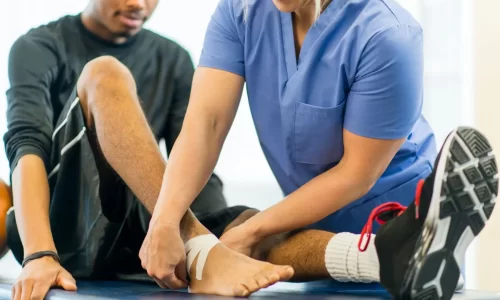
Ortho-Bionomy Therapy
Ortho-Bionomy is a form of manual therapy that uses gentle movements, positions, and pressure to help the body release tension and pain. It is based on the principle that the body has the ability to self-correct and maintain balance, and the therapist works with the body rather than against it to facilitate this process. Ortho-Bionomy practitioners at Naturopath Osteopath Clinic use a variety of techniques, including light touch, stretching, and compressions, to help the body achieve a state of relaxation and balance. The goal of Ortho-Bionomy is to help the body find its own natural alignment and function, rather than imposing a specific treatment or correcting a particular problem. It is often used to treat chronic pain, stress, and other physical and emotional conditions.
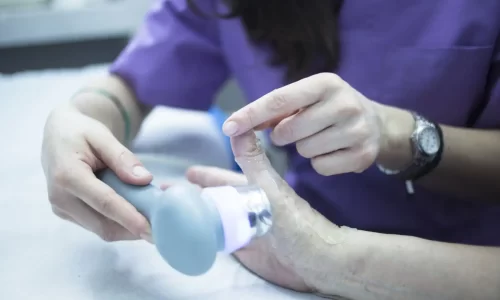
Strain Counterstrain Therapy
Strain-counterstrain massage, also known as positional release therapy, is a type of manual therapy that involves positioning a person’s body into a comfortable, relaxed position and applying gentle pressure to specific points on the body. The goal of strain-counterstrain massage is to reduce muscle spasms and tension, increase range of motion, and improve overall function and mobility. During a strain-counterstrain massage session, the therapist at Naturopath Osteopath Clinic will identify areas of muscle tension or spasm and gently stretch the muscle into a position of comfort or “ease.” The therapist will then apply gentle pressure to specific points on the body, called “Jones points” which are believed to be associated with particular muscles or groups of muscles. The therapist may hold this position for a few minutes, allowing the muscle to relax and release any tension. Strain-counterstrain massage is often used to treat a variety of musculoskeletal conditions, including back pain, neck pain, and headaches. It may also be helpful for individuals with chronic pain or injuries, as well as those who have undergone surgery. Some people may find strain-counterstrain massage to be a helpful complement to other forms of treatment, such as physical therapy or chiropractic care.
Naturopath Osteopath Clinic Manual Osteopathic Services

Osteopathic Pain Management
Osteopathic pain management is a field of medicine that uses manual therapies and other treatments to help people manage pain. Osteopathic pain management is often used to treat chronic pain, but can also be used to treat acute pain.
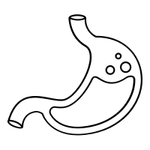
Osteopathic Systemic Dysfunction and Problems
Osteopathic systemic dysfunction (OSD) is a term used to describe a state of body function that is characterized by a disruption in the normal balance of the musculoskeletal, cardiovascular, respiratory, and digestive systems.
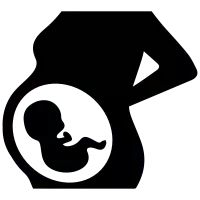
Pregnancy
Osteopathy for Pregnancy is a form of treatment that focuses on the body’s structure and how it functions. Osteopaths believe that restrictions in movement or pain in one area of the body can cause problems in other parts of the body.
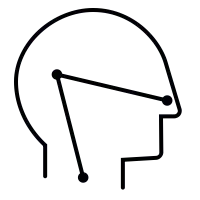
Ear, Nose and Throat Problems
Osteopathy is a form of manual medicine that uses specific techniques to diagnose and treat problems with the musculoskeletal system. Osteopaths believe that many health problems can be traced back to problems with the bones, muscles, and joints.
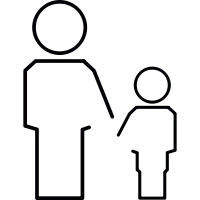
Pediatric Osteopathy (Babies and Children)
Pediatric Osteopathy is a form of holistic medicine that uses manual manipulation of the body to improve circulation and overall health. Osteopaths believe that this type of treatment can help with a wide range of issues, from ear infections to colic.
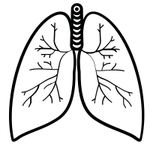
Respiratory Illness
Osteopathy is a form of manual medicine that uses the hands to diagnose and treat health problems. Osteopathy can be used to treat a wide variety of respiratory illnesses, including asthma, bronchitis, and pneumonia.
If you liked this content and found it to be informative, please rate it.
We are sorry that this post was not useful for you!
Let us improve this post!
Tell us how we can improve this post?
